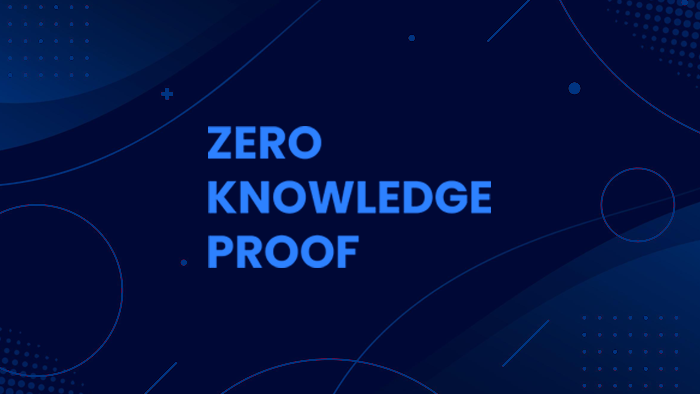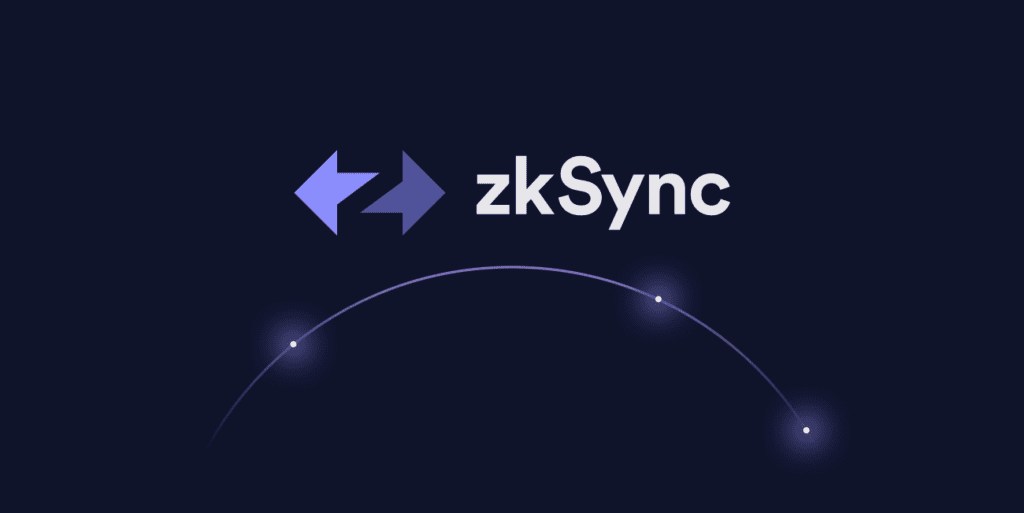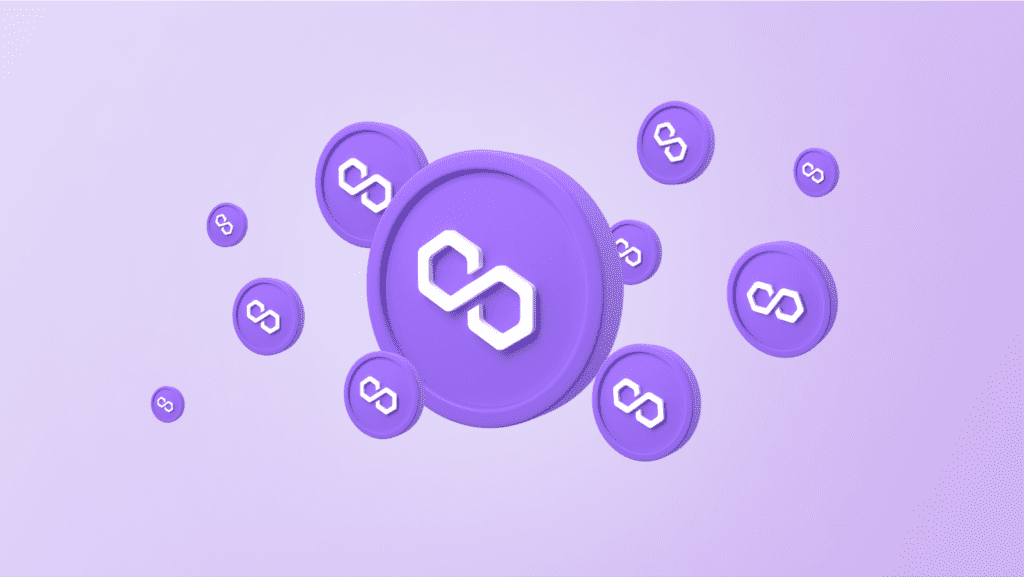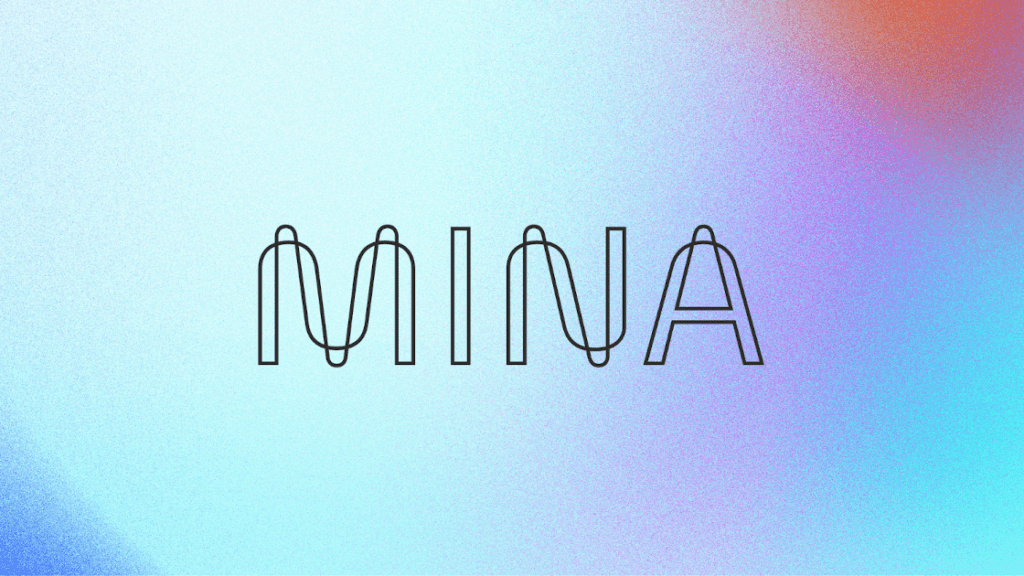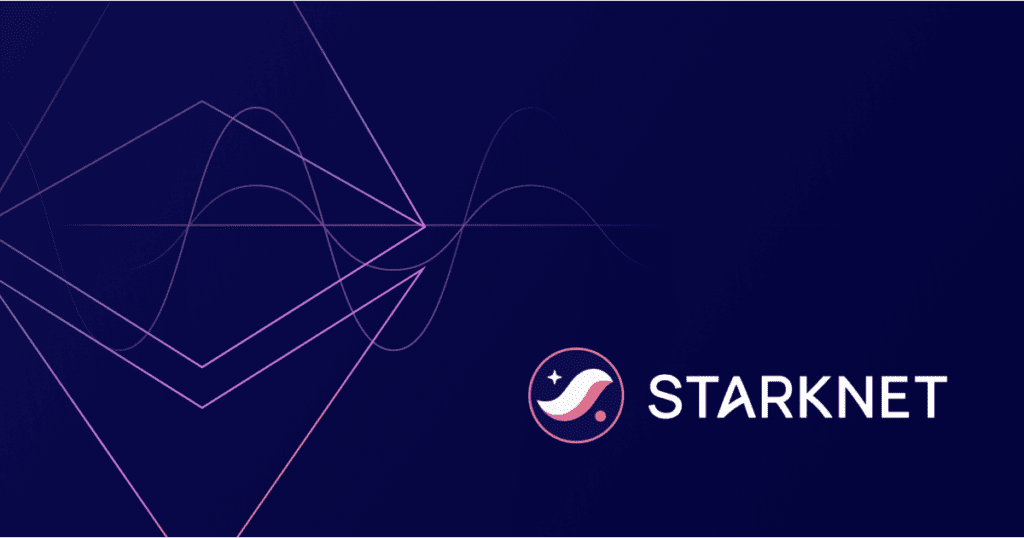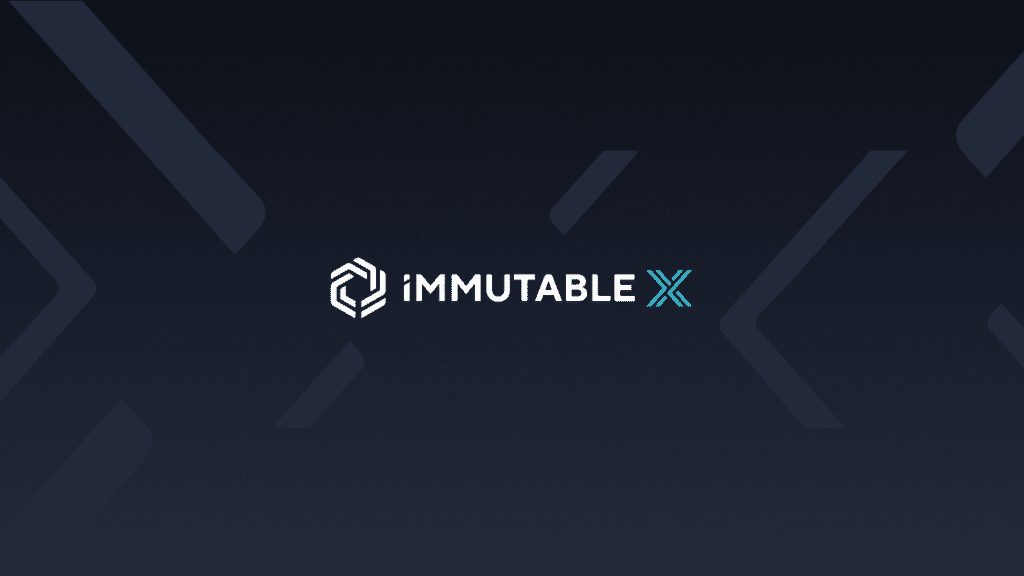In the fast-evolving world of blockchain technology, one of the most critical challenges is striking a balance between data verification and privacy. Fortunately, zero-knowledge proof (ZKP) cryptography has emerged as a powerful solution to address this dilemma. With ZKP, a party can prove the truth of a statement to another party without divulging any additional information, making it a game-changer for the blockchain space.
As we gear up for the year 2023, several ZKP projects have garnered significant attention for their potential to revolutionize the industry. These six projects, in particular, are worth keeping a close eye on:
- zkSync: zkSync stands out as an L2 scaling solution on Ethereum, powered by ZK-Rollup technology. It excels in providing exceptional transaction processing capacity, reduced gas costs, and ensuring the same security levels as Ethereum Layer 1.
- Polygon: Previously known as Matic Network, Polygon has established itself as a robust infrastructure and scaling solution on Ethereum. Its integration of ZK-Rollup through Polygon zkEVM boosts compatibility with EVM and enhances layer 2 composability.
- Mina Protocol: Mina takes a unique approach by introducing a special private blockchain with a remarkably small size of about 22KB. By utilizing ZK-SNARKs, Mina can maintain fast synchronization of nodes and offer a high level of security.
- StarkWare: StarkWare, founded by Eli Ben Sasson in January 2018, is at the forefront of leveraging ZKP to enhance blockchain scalability and privacy. Its StarkEx framework allows protocols to build specific rollups, facilitating simple transactions, AMM, spot trading, NFT minting, and more.
- Immutable X: Focused on NFT and gaming on Ethereum, Immutable X utilizes Validium StarkEx solution developed by StarkWare. It enables minting, trading, and integrating crypto assets into games, making it more accessible and cost-effective for game developers.
- Scroll: Scroll is making strides with zkEVM Equivalence technology, a fully compatible ZK-Rollup solution with EVM. By providing code consistency and seamless dApp migration between layers 1 and 2, Scroll aims to simplify blockchain development for developers.
zkSync
zkSync, an innovative Layer 2 protocol built on ZK Rollup technology, is revolutionizing asset transfers between Ethereum’s Layer 1 and Layer 2 networks. By harnessing the capabilities of Zero-Knowledge proofs and on-chain data accessibility, zkSync ensures seamless and efficient transactions while significantly enhancing scalability on the Ethereum blockchain.
Currently, Ethereum employs two different types of rollups: ZK rollups and Optimistic rollups. In the case of ZK rollups, the transaction batch is meticulously verified for accuracy on the Ethereum network. Once the verification process is successfully completed, the transaction batch is treated as final, akin to any other Ethereum transaction.
The magic behind ZK rollups lies in Zero-Knowledge proofs. The zkSync operator generates proof of validity for a batch of offline transactions. These proofs are then transmitted to Ethereum for the final execution of the transaction batch using a cryptographic technique called SNARK.
The fundamental concept of zkSync is to provide an open and sacrifice-free Layer 2 solution to boost Ethereum’s scalability. Users can now transfer assets via zkSync without encountering tiering issues, the need for new addresses, or any other barriers that might hinder their experience.
zkSync’s benefits extend to both users and developers alike. By significantly lowering transaction fees and enhancing the user experience of crypto wallets and services, zkSync paves the way for exploring new DeFi innovations. This protocol eliminates the reliance on third-party intermediaries, ensures instant transaction confirmation, and reduces fees by up to 99%. Additionally, zkSync enables seamless payments to existing Ethereum addresses and smart contracts.
With zkSync leading the charge in adopting Zero Knowledge rollups, the Ethereum community is poised for a new era of smooth and scalable asset transfers, opening up exciting possibilities for the future of decentralized finance.
Polygon
Polygon, a leading infrastructure and scaling solutions project, has been making significant strides in the DeFi market with its array of products designed to address Ethereum’s congestion and high transaction fees. With a market capitalization among the largest and a popular Layer 1 blockchain, Polygon has become a force to be reckoned with in the crypto space.
The introduction of Polygon zkEVM, a Layer 2 scaling solution employing Zero Knowledge Rollup technology and the zkEVM programming language, further showcases Polygon’s commitment to revolutionizing the DeFi landscape. Vitalik’s classification designates Polygon zkEVM as type 2, offering full compatibility with EVM, with minor modifications needed for execution. Though currently in type 3, Polygon zkEVM is steadily progressing toward the planned type 2 status.
The inception of Polygon zkEVM is the result of strategic acquisitions of Mir and Hermez Network, both ZK technology development projects, making Polygon a prominent player in the ZK space.
The ZK rollup technology integrated into Polygon’s ecosystem provides a scalable solution by aggregating multiple off-chain transactions into a single on-chain transaction. This eliminates the need for miners to verify each transaction on the Ethereum Mainnet and ensures the trustless verification of batched transactions through zero-knowledge proofs. The enhanced security and immediate transaction confirmation make Polygon’s rollups an efficient and user-friendly option compared to Optimistic rollups that impose waiting periods for fund withdrawals.
Polygon’s strong commitment to scaling Ethereum through ZK rollups is evident in its substantial investment of over $1 billion in zero-knowledge technology. Among its products, four, namely Zero, Hermez, Miden, and Nightfall are based on ZK rollups, highlighting Polygon’s dedication to fostering DeFi development and revolutionizing the future of decentralized finance.
Mina Protocol
Mina Protocol, the world’s first crypto protocol with a unique private blockchain, is leading the charge in addressing the growing challenges faced by traditional blockchains like Bitcoin and Ethereum. With data sizes reaching thousands of GB, Mina aims to provide users with a fast and efficient blockchain solution while also serving as a global payment system in the future.
At the heart of Mina’s innovation is its Proof-of-Stake blockchain, which stores transactions in a compact and efficient form. Unlike traditional blockchains that continuously grow with usage, Mina’s blockchain remains a fixed size of about 22KB, ensuring fast synchronization of nodes.
This breakthrough is made possible by zk-SNARKs, a concise cryptographic proof that verifies the validity of each block created by the Mina node. These proofs are much smaller than the entire chain, allowing nodes to store and process data more easily, thus achieving decentralization on a large scale.
The Mina Protocol’s implementation of zk-SNARKs ensures the accuracy and security of transactions without revealing unnecessary information. Each block produced includes a zk-SNARKs proof that validates the integrity of all previous blocks, allowing nodes to move forward without storing the entire transaction history from the beginning.
zk-SNARKs act as irreplaceable certificates, proving the correctness of calculations without the need for full disclosure. This allows for the verification of every transaction in a block, significantly reducing the block size to just 1 single SNARK, approximately 1KB in size.
By leveraging zk-SNARKs and its Proof-of-Stake consensus mechanism, Mina Protocol sets a new standard in blockchain efficiency, speed, and decentralization. As it continues to push the boundaries of blockchain technology, Mina Protocol emerges as a game-changer in the crypto world, paving the way for a more convenient and sustainable global payment system.
Starknet
Starknet, a pioneering Layer 2 solution, has emerged as a game-changing technology to address the crucial issue of scalability in the Ethereum network. In the past, Ethereum has faced challenges in handling large transaction volumes, resulting in congestion and high gas fees. Starknet’s innovative approach aims to overcome these limitations by utilizing zero-knowledge (ZK) rollups, revolutionizing the way transactions are processed, and enhancing the overall efficiency and security of the Ethereum blockchain.
To understand the significance of Starknet’s impact, let’s delve into the technology behind it. The term “ZK-rollups” comprises two crucial components: “ZK” stands for zero-knowledge proofs, and “rollups” refer to the bundling of transactions into a single, aggregated batch.
Zero-knowledge proofs are cryptographic protocols that allow one party (the prover) to prove the validity of a statement to another party (the verifier) without revealing any specific information about the statement itself. In the context of Starknet, zero-knowledge proofs enable the network to verify the validity of transactions without disclosing the underlying sensitive data. This ensures that transactions are secure and private, a vital aspect for users in the decentralized finance (DeFi) space.
Starknet achieves scalability by employing STARK (Scalable Transparent Argument of Knowledge) technology, a highly secure and efficient cryptographic proof system. With STARK, the prover generates proofs for transactions off-chain, and the verifier checks these proofs on-chain without the need to execute the actual transactions. This process significantly reduces computational overhead, making it more cost-effective and scalable compared to traditional on-chain computations.
The beauty of this approach lies in its ability to create a one-time event for complex calculations. Instead of repeating these calculations across the entire network, Starknet generates a proof once and allows others to verify it, thereby saving considerable time and computational resources. This optimization is pivotal in enhancing Ethereum’s throughput, reducing congestion, and mitigating high gas fees.
Through the integration of ZK-rollups, Starknet enables the bundling of multiple transactions into a single transaction sent to the Ethereum mainnet. By consolidating multiple operations into one, Starknet drastically reduces the number of transactions processed on-chain, leading to faster and more efficient transaction processing.
Furthermore, Starknet embraces account abstraction (AA), which enables greater flexibility in the management of user accounts. AA allows users to interact with the blockchain using a broader range of assets, making it easier to utilize various tokens and assets within the network.
Immutable X
Immutable X, a layer 2 scaling solution, is making significant strides in revolutionizing the NFT and gaming sectors on the Ethereum blockchain. Founded in 2018 by James Ferguson, Robbie Ferguson, and Alex Connolly, the project aims to provide game developers with the necessary infrastructure and software development tools to seamlessly integrate crypto assets into games, thereby streamlining the process and reducing barriers to entry into the web3 gaming world.
Central to Immutable X’s success is its implementation of the Validium StarkEx solution, a cutting-edge Zk rollup technology developed by StarkWare. StarkWare Industries, co-founded by Eli Ben Sasson, an influential figure in the development of STARK and ZCash, focuses on leveraging SNARK proof technology to enhance blockchain scalability and privacy.
The StarkEx framework within Immutable X facilitates the creation of specific rollups, enabling applications such as AMM, Spot Trading, Payments, NFT minting, and trading. Dapps can be deployed in two primary modes: ZK Rollup, which stores transaction data on Ethereum via calldata, and Validium, where transaction data is stored off-chain.
When users conduct operations that modify the network’s state, such as minting or trading NFTs, transactions are generated and processed within the Immutable X chain. The Operator role aggregates and issues transaction batches, sending them to Ethereum with Merkle roots before and after processing the new transactions. In contrast to Optimistic Rollups, which require Verifiers to recalculate and verify the state, Immutable X leverages STARK Proofs, providing a more efficient and timely approach to validating the state of new transactions on Ethereum.
Transaction data on Immutable X is stored off-chain by the Data Availability Committee (DAC), a network of nodes responsible for storing relevant data. In case of disputes, the DAC supplies the necessary data, and each batch of transactions is accompanied by attestations, confirming the availability of data when needed. This approach significantly reduces costs compared to posting full transaction data to Ethereum as calldata.
With its focus on NFT and gaming applications, Immutable X is poised to make a significant impact on Ethereum’s scalability, driving innovation and fostering growth within the web3 gaming ecosystem. As the platform continues to expand its capabilities and integration, it is expected to attract further attention from developers and users alike.
Scroll
Scroll is making waves in the blockchain space as a layer 2 solution built on zkEVM Equivalence technology, an innovative ZK-Rollup technology fully compatible with EVM. Developed in early 2021, zkEVM addresses the limitations of existing Zk-Rollup solutions, which often lack code consistency and hinder the seamless movement of DApps between layers 1 and 2.
Traditional zk-Rollup implementations have posed challenges for developers, leading to difficulty in building DApps and limited functionality. Scroll recognized the need for a user-friendly and more versatile solution, prompting the adoption of zkEVM to enhance the product development experience for developers.
By integrating zkEVM, Scroll strengthens layer 2 composability, unifying programming methods and facilitating the smooth migration of Ethereum DApps to the zk-Rollup chain without the need for extensive source code modifications.
The structure of Scroll revolves around three key components:
- Scroll Node: Responsible for transmitting transactions from L2 to L1, ensuring seamless communication between the layers.
- Roller Network: Empowered with the capability to generate valid zkEVM proofs, ensuring the proper execution of transactions.
- Rollup and Bridge Contracts: These essential components serve as data sources for Scroll transactions, verifying zkEVM validity, and enabling smooth asset transfers between Ethereum and Scroll.
Scroll’s workflow involves the creation, validation, and completion of information blocks in chronological order on L2. Sequencers within the Scroll Node work diligently to establish contiguous blockchains.
The crucial information and proof of authenticity are subsequently sent to smart contracts for approval, undergoing the stages of Precommitted, Committed, and Finalized before being officially recorded on the Scroll blockchain.
By leveraging zkEVM Equivalence technology, Scroll aims to provide developers with a seamless and efficient environment for building DApps, fostering layer 2 composability, and enhancing the overall user experience. With its user-centric approach and compatibility with Ethereum, Scroll is well-positioned to drive innovation and growth in the blockchain industry.
Source: coincu.com
DISCLAIMER: The information on this website is provided as general market commentary and does not constitute investment advice. We encourage you to do your research before investing.`

